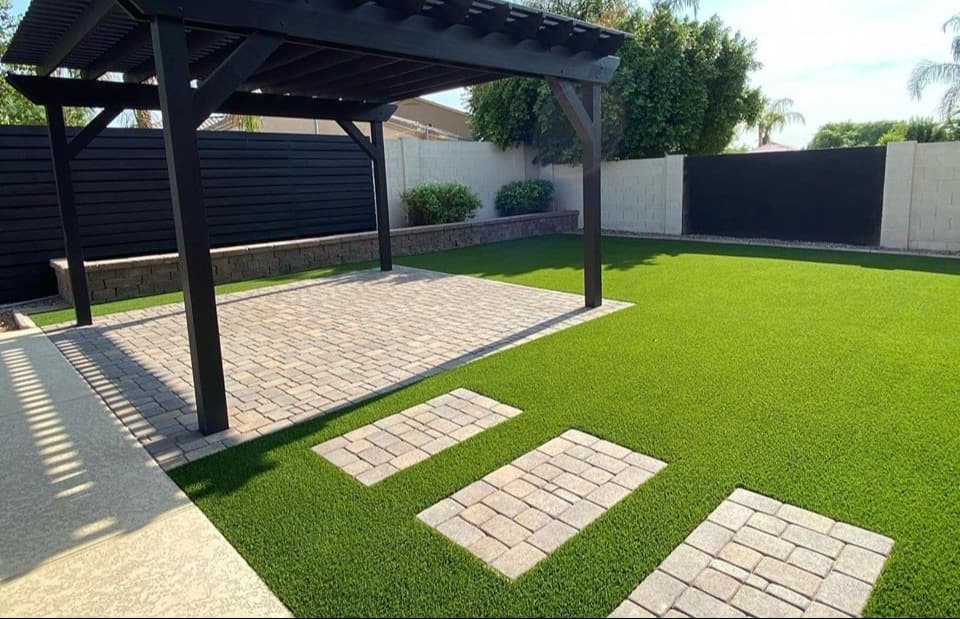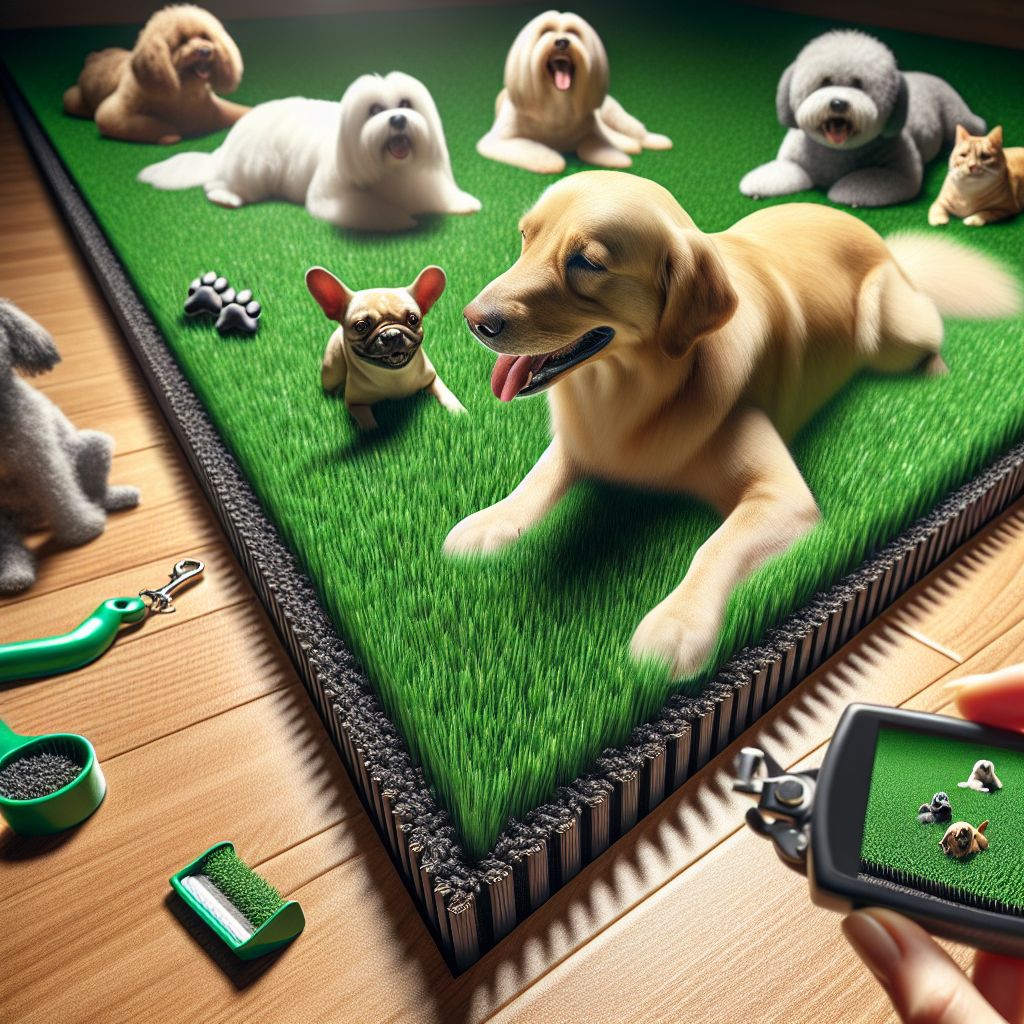
Have you ever wondered how professional golfers manage to achieve such impeccable putting skills? What if I told you that part of their secret lies in the speed of their putting greens? Today, we dive deep into the art and science of speeding up an artificial putting green. Picture this: a lush, green carpet beneath your feet, with every putt gliding effortlessly towards the hole. Let’s turn that picture into reality.
When it comes to practicing your golf game, the speed of your putting green can make all the difference. Imagine driving a sports car on a racetrack – the thrill comes from the speed and smoothness of the ride. Similarly, a faster putting green offers a more challenging and realistic practice experience. It’s about simulating real-game conditions right in your backyard.
The foundation of a speedy artificial putting green lies in the materials used. Opting for high-quality synthetic turf designed specifically for golf can significantly impact the speed and performance. Think of it as choosing the right tires for your race car – not all tires are made equal. High-density polyethylene or nylon fibers are excellent choices for achieving a smooth, fast surface.
The infill material is akin to the fuel in your car’s engine – essential for optimal performance. Silica sand or crumb rubber infill can help enhance the green’s speed. Just as a finely tuned engine purrs, the right infill ensures your ball rolls swiftly and smoothly.
Even the best materials can fall short without proper installation. A well-installed artificial putting green is like laying down the perfect track for your sports car. Ensure the base is compacted and leveled meticulously before laying down the turf. The smoother the base, the faster the green.
Seams in your artificial turf should be practically invisible. Much like how a skilled driver avoids bumps on a track, ensuring no noticeable seams will prevent any disruptions in your ball’s roll.
Maintaining your artificial putting green is crucial for preserving its speed. Regular brushing, cleaning, and occasional reapplication of infill materials are akin to routine car maintenance – vital for keeping everything running smoothly.
A soft-bristle broom or power brush can help keep the fibers upright and ensure consistent speed. Think of it as grooming your car’s tires to maintain their grip and performance on the track.
For optimal performance, it’s recommended to brush your putting green at least once a week. This helps keep the fibers upright and maintains a consistent speed.
No, it’s important to use turf specifically designed for golf. High-density polyethylene or nylon fibers provide better performance compared to general-purpose synthetic turf.
Silica sand or crumb rubber infill are excellent choices for enhancing the speed of your artificial putting green.
Speeding up an artificial putting green is more than just a technical endeavor; it’s an art form. By choosing the right materials, employing meticulous installation techniques, and maintaining your green regularly, you can create a pristine, fast surface that transforms your practice sessions. Imagine each putt gliding effortlessly, just like a sports car on a perfectly laid track. Now, it’s time to turn that vision into reality.
For additional insights into perfecting your golf game, consider exploring resources from USGA and staying updated with tips from PGA. Your journey to mastering the greens starts here!


